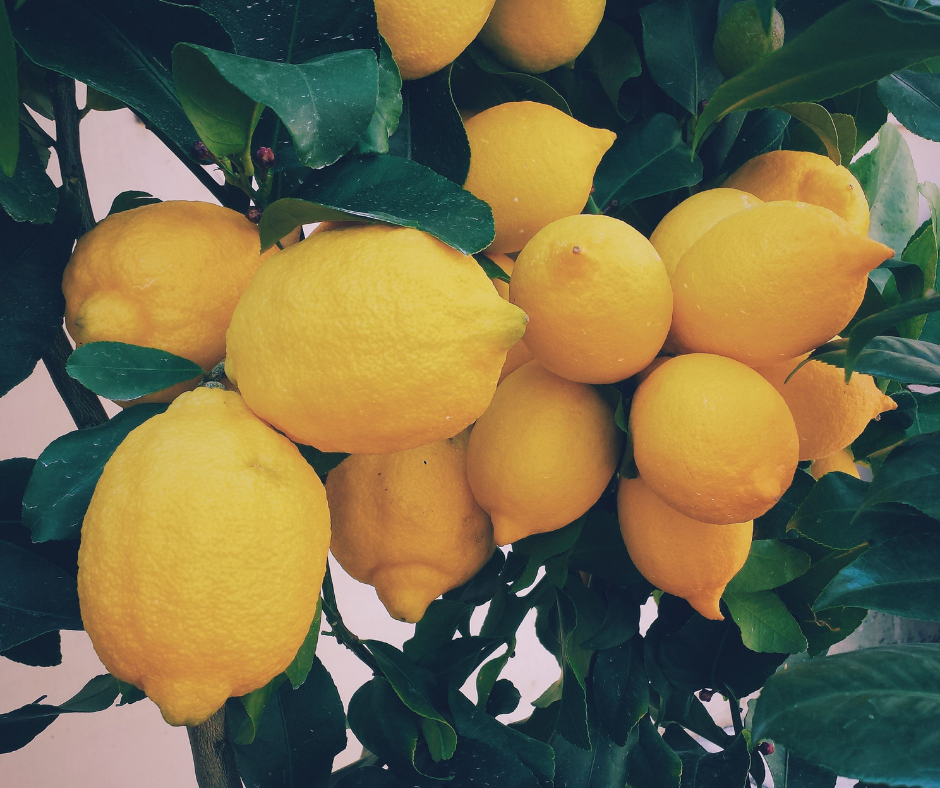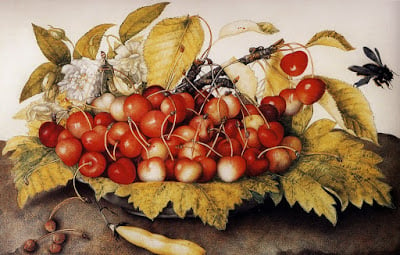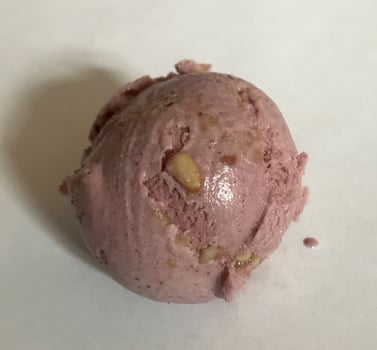
It's #NationalIceCreamDay and that deserves two blog posts, in my humble opinion.
Much of this article (written by me!), originally appeared on Let Them Read Books.

Giovanna Garzoni, Cherries in a Dish, a Pod, and a Bumblebee, ca. 1642-51, Galleria Paletina, Florence.
It's NATIONAL ICE CREAM DAY! In my opinion, every day should be ice cream day, but since it's extra special, let's celebrate with a recipe or two!
One of the best things about the summer, in my opinion, is the variety and flavor of the fruits that appear in the warmest months of the year. Cherries are one of my favorite fruits of all. I’m not the only one that has grown up with a love of cherries. Millions of people all over the world, through the centuries, have loved this tiny fruit. The first record we have of the cherry was that Roman consul, politician and military conqueror Lucius Licinius Lucullus brought them to Rome from Turkey in roughly 72 B.C. I wrote my first novel, Feast of Sorrow, about the first century ancient gourmand, Apicius, whose name is on the oldest known cookbook—a cookbook which includes instructions on how to preserve cherries.
The famous Renaissance Italian chef, Bartolomeo Scappi, also shared a number of cherry recipes in his cookbook. Who was Scappi? We don’t know much about his life. We know he died in 1577, so we can roughly guess when he might have been born. We know who he worked for as a chef, which included a number of cardinals and popes. We know he was born in Dumenza, on the northern border of Italy—almost in Switzerland—and that he lived in a few other places, in Milan, Venice, Bologna, and for most of his life, in Rome. He had a nephew named Giovanni, who became his apprentice in the Vatican kitchen, and a sister named Caterina. And finally, he published a cookbook, L’Opera di Bartolomeo Scappi, with over 1,000 recipes in it, with instructions and images that would inspire chefs for more than 200 years after it was printed.
The rest?
That’s the fun part. I had the opportunity to make it all up in my novel The Chef’s Secret. But one of my favorite things about writing about historical chefs is that I get to learn about and experiment with the flavors of that time.
Renaissance nobility were considerably richer than the peasantry, with a gap between the rich and poor nearly on levels that we see today. But back then, one of the ways we saw the disparity was in what people ate. The wealthy could afford luxurious spices and most importantly, sugar. Scappi’s cookbook contains 900 recipes with sugar in them and many of the dishes were so laden with sugar that we might find them cloying today. Spices were also one of the ways that the nobility showed off their money, and if you could afford exotic spices, you used them liberally. Around 600 or so dishes in Scappi’s cookbook call for cinnamon, for example. Cinnamon, nutmeg, coriander and cloves were omnipresent, even in dishes we would consider savory—like fried chicken!
Not long after I finished writing The Chef's Secret, I came across an article in NPR's The Salt about Hannah Spiegelman, who creates ice cream based on flavors from various historical period. I knew I had to reach out to her. She combines two of my loves--history and ice cream. Her website A Sweet History catalogs all her delicious creations. Her recipe is included in my free companion cookbook (over 25 Renaissance inspired recipes!) to The Chef's Secret, but I'm including it below too. 
They were just starting to discover frozen desserts in the Renaissance. I like to think that Scappi would swoon just as much as I did if he saw this recipe. There are a few steps to making it, but I promise, it’s worth it. The candied honey pine nuts make this ice cream truly heavenly.
My pro-tip would be to look for pine nuts from Turkey, Italy or Greece (try specialty, gourmet shops) and not from China so you don't get that weird waxy after-taste. And store them in the freezer to help them keep longer, and again, to preserve the taste (this one is a tip from my Italian tutor and friend, Graziella).
Guess what? Hannah also graciously agreed to make a recipe inspired by Apicius. See the post here!
 Cherry Puree:
Cherry Puree:
Honeyed Pine Nuts
Spread out on a parchment-lined baking sheet. Cool completely before breaking up the nuts.
Ice Cream Base

It's #NationalIceCreamDay and that deserves two blog posts, in my humble opinion.

For the last four (nearly five?) years or so I've been meeting with my writing group, not quite like clockwork, but about every two weeks. The three of us have hacked...